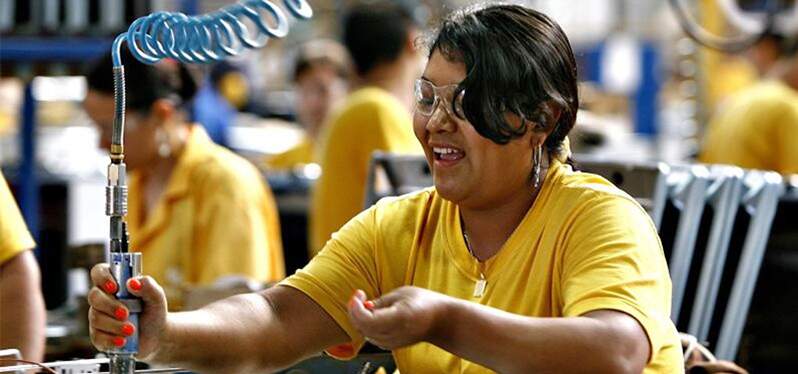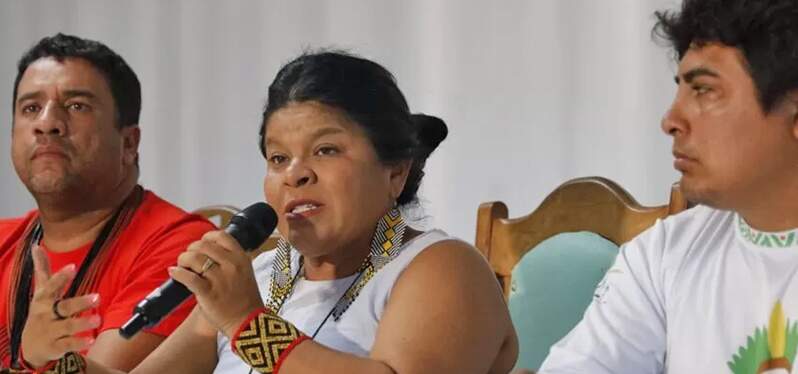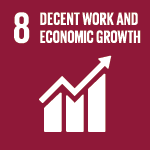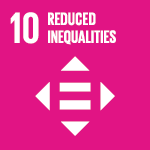Posted in: 04/19/2023
The lower indigenous participation in the labor market reveals prejudices, stereotypes and lack of access to quality education, which also impact in several other areas, demonstrating how these populations are still more vulnerable than other minorities.
In 2019, data from the Cadastro Geral de Empregados e Desempregados (Caged) pointed to growth in the number of indigenous people with higher education hired with a formal contract , compared to 2018. Until then, these numbers were considered the best in the decade, and experts declared that the increase in hiring was related to the expansion of higher education in the country – mainly with the greater offer of distance learning . And, in addition to the adoption of affirmative action policies – such as quotas – the increase in the number of indigenous people in higher education was pointed out as a result of the expansion of the contingent of indigenous students in basic education.
In 2020, indicating a backward movement in relation to the development that was being achieved, the main news about the indigenous population and work were based on a survey by FGV Social (Center for Social Policies of the Getulio Vargas Foundation), which indicated that the The covid-19 pandemic had seriously affected indigenous participation in the labor market.

Based on IBGE data for the second quarter of 2020, the survey pointed out that unemployment increased more among the group of indigenous people than in other groups and indicated a loss of 28.6% of income . The high rate of informal work among the population and isolation may have been factors that contributed to this result.
It is worth mentioning that studies have indicated that, proportionally, indigenous populations were more infected than the general population, and had lower vaccination coverage compared to other groups – mainly because they are in regions of difficult access . At the time, an analysis carried out by the Coordination of Indigenous Organizations of the Brazilian Amazon (Coiab) and by the Amazon Research Institute (IPAM) even indicated that the mortality rate from Covid-19 among indigenous people in the Legal Amazon was 150% higher compared to to the national average.
The 2022 data, released by the Pnad Contínua of the IBGE, showed that the challenges to expanding indigenous participation in the labor market are still many – and that there was no recovery of the pace of development prior to the pandemic . Currently, the indigenous population in Brazil has the largest number of professionals in informal jobs , the second highest unemployment rate – second only to the rate of black and brown people – and the lowest participation in the labor market.

The lack of access to university and the lack of professional training for indigenous people and communities were also negative highlights and highlighted the lack of opportunities: the same survey pointed out that of the 42,900 unemployed indigenous people in the third quarter of 2022, 59.6 % had completed primary education , 34.1% had completed secondary education and only 6.3% had completed higher education.
Inclusion , the creation of more opportunities for access to quality education and the inclusion of the indigenous population in the labor market have been identified as the main challenges to be faced by the indigenous Sonia Guajarara , the first minister to assume the unprecedented Ministry of Indigenous Peoples – created by the current government.


Sign up and receive our news.